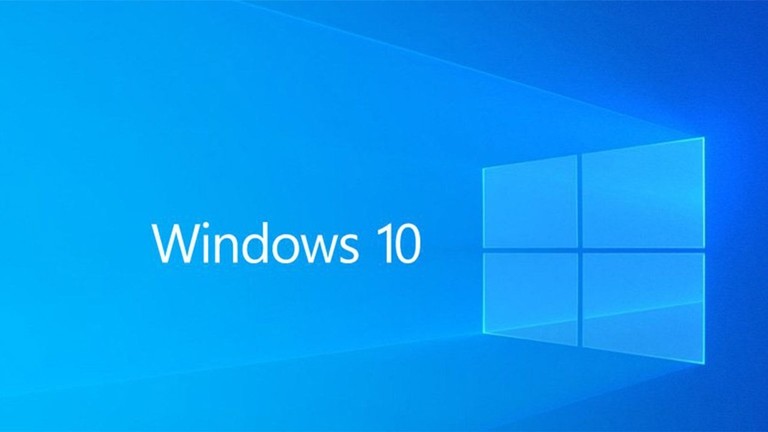The Windows 10 operating system from Microsoft comes with a feature called File History that keeps a record of some recent files, contacts, and the user’s favorite stuff. The feature is especially useful for users who get frustrated when they lose important files from the computer. There can be several different reasons for the files on the computer to get altered or modified or deleted, and this feature from Microsoft helps to avoid the risk of losing important and confidential data.
While the File History feature looks important, it isn’t enabled on the computer by default. In this step-by-step guide, we will show you how the File History feature can be quickly and easily enabled on the Windows 10 computer.

How to enable File History feature in Windows 10
Step 1: Open the Start menu and search for the File History application and from the search results, click on the app to open it.
Step 2: After that, go to the “Save backup copies of your files with File History” feature.
Step 3: Then, enable the File History feature by clicking on the “Turn on” option.
Step 4: Along with that, ensure that the “HomeGroup” feature is also enabled on your device.
That’s it. Once you have followed this step-by-step process on your Windows 10 computer, then the File History feature will be enabled on your device. If the HomeGroup feature is already enabled on the device, then you won’t need to perform step 4 and after completing step 3, the feature will be automatically enabled.

